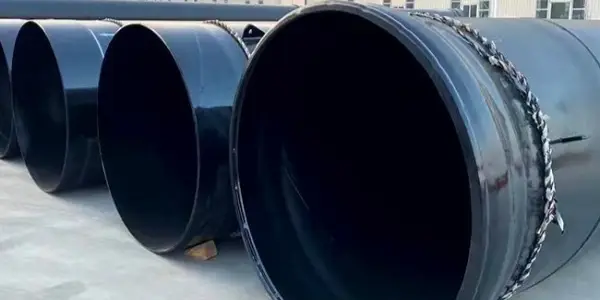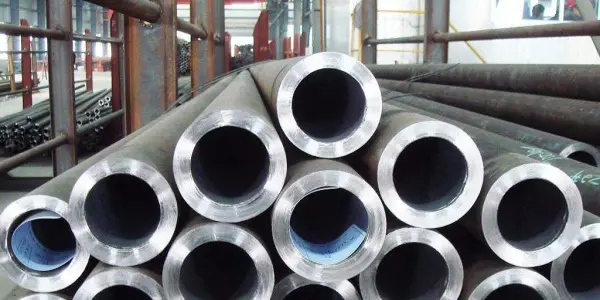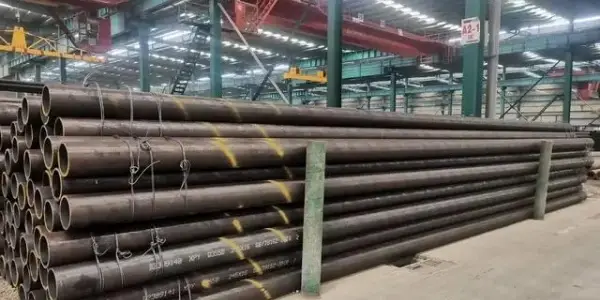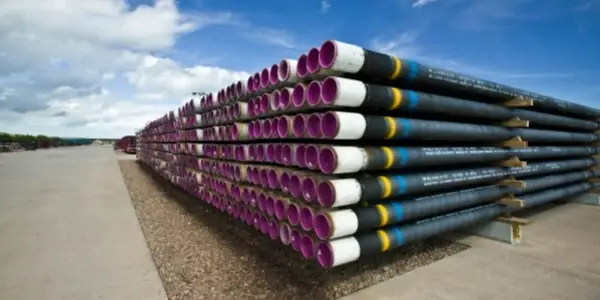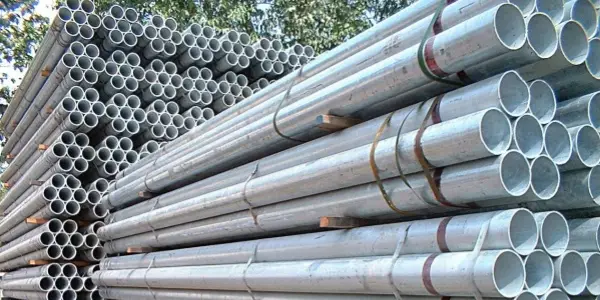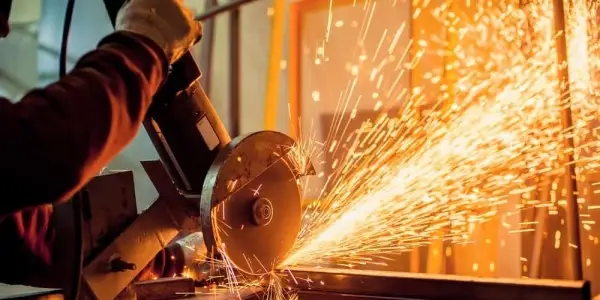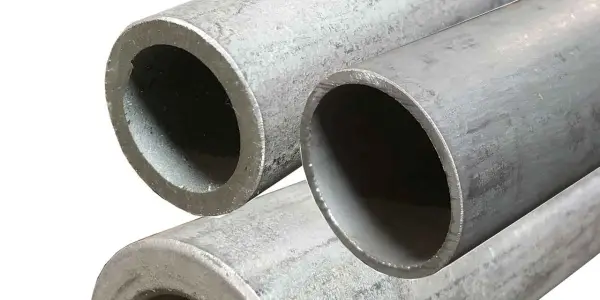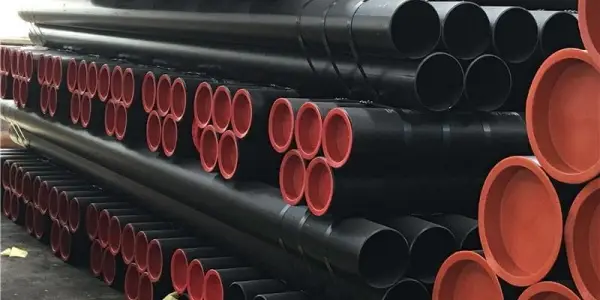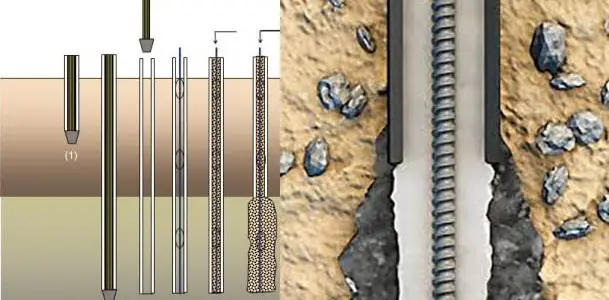-
Coated spiral steel pipes for water supply and drainage improve the reliability and durability of drainage systems
With the acceleration of urbanization and population growth, the construction and maintenance of water supply and drainage systems have become particularly important. In this process, water supply and drainage coated spiral steel pipes, as an important pipeline material, are widely used because of their performance and characteristics. This article will introduce the advantages and applications of coated spiral steel pipes for water supply and drainage from three aspects: corrosion resistance, strength and environmental protection.
Read More
-
Seamless steel pipe surface defects roll mark removal method
First, mechanical grinding method, Mechanical grinding method is one of the more commonly used methods for removing surface defects of steel pipe, it can be through the grinding wheel, emery cloth, sandpaper and other abrasives to grind off the surface defects. However, this method is relatively time-consuming, requires multiple grinding to completely remove defects, and the grinding process is prone to form new surface defects. Therefore, the number of mechanical grinding should be minimized, while paying attention to the size of the grinding force to avoid excessive damage to the steel pipe.
Read More
-
X46Q seamless steel pipe API5LX46Q pipeline seamless pipe
X46Q seamless steel pipe is a high-strength, high-toughness steel pipe material that is widely used in petroleum, natural gas, chemical industry, electric power and other industrial fields. Its emergence has provided strong support for the development of modern industry and has become an indispensable and important material in the industrial field.
Read More
-
Introduction of OCTG
Oil Country Tubular Goods (OCTG: Oil Country Tubular Goods) and Line Pipe are collectively known as Oil Specialized Pipe. Petroleum Specialized Pipe is actually a deep-processed product of steel pipe, including Oil Country Tubular Goods (OCTG) and Oil & Gas Transportation Pipe (OGTP). Drill pipe, casing, tubing and drill collar, square drill pipe, etc., collectively referred to as oil well special pipe.
Read More
-
How long is the service life of galvanized steel pipe?
The service life of galvanized steel pipe is affected by a variety of influencing factors, in general, the service life is more than 20 years.
Read More
-
How to Cut Galvanized Steel?
Galvanized steel has been around since roughly 1870 and can still be found in many homes that were constructed around the 1950s. Galvanized steel is a great choice for various personal and professional projects. If you are thinking about cutting galvanized steel, there are some things that you should know.
Read More
-
Schedule 40 Pipe VS Schedule 80 Pipe
Attributes such as outside diameter, wall thickness, and inside diameter must be understood when working with metal pipes. However, many times pipe is not designated directly by those dimensions. Instead, a pipe is often referred to by its nominal pipe size and schedule number. Since references to pipe schedules are common in the industry, it is vital to understand how the pipe scheduling system works and the differences between Schedule 40 and Schedule 80, two of the most common types of pipe schedules.
Read More
-
SCH XXS ASTM A333 Grade 6 Carbon Steel Seamless Pipe
On demand, we can also offer our customers with high quality Hot Dipped Galvanised Seamless ASTM A106 Grade B Pipe, Hot Dipped Galvanised ERW API 5L Grade B Plain End Pipes and Hot Dipped Galvanised Seamless ASTM A333 Grade 6 Pipes in short lead times.
Read More
-
Micropiles
Micropiles, also known as minipiles, pin piles, needle piles, and root piles, are a deep foundation element constructed using high-strength, small-diameter steel casing and/or threaded bars.
Read More
-
Grades And Types Of Stainless Steel For Piping
Stainless steel is a cost effective, low-maintenance metal used in civil and mechanical engineering projects Australia wide. Stainless steel is particularly popular for pipe fittings because it is resistant to oxidation and has no effect on other metals. Stainless steel has applications everywhere from shipping, oil and gas, water treatment facilities, energy industries, to the textile machinery.
Read More

 English
English Español
Español




 Tel : +86-18565811709
Tel : +86-18565811709 Email :
Email : 
